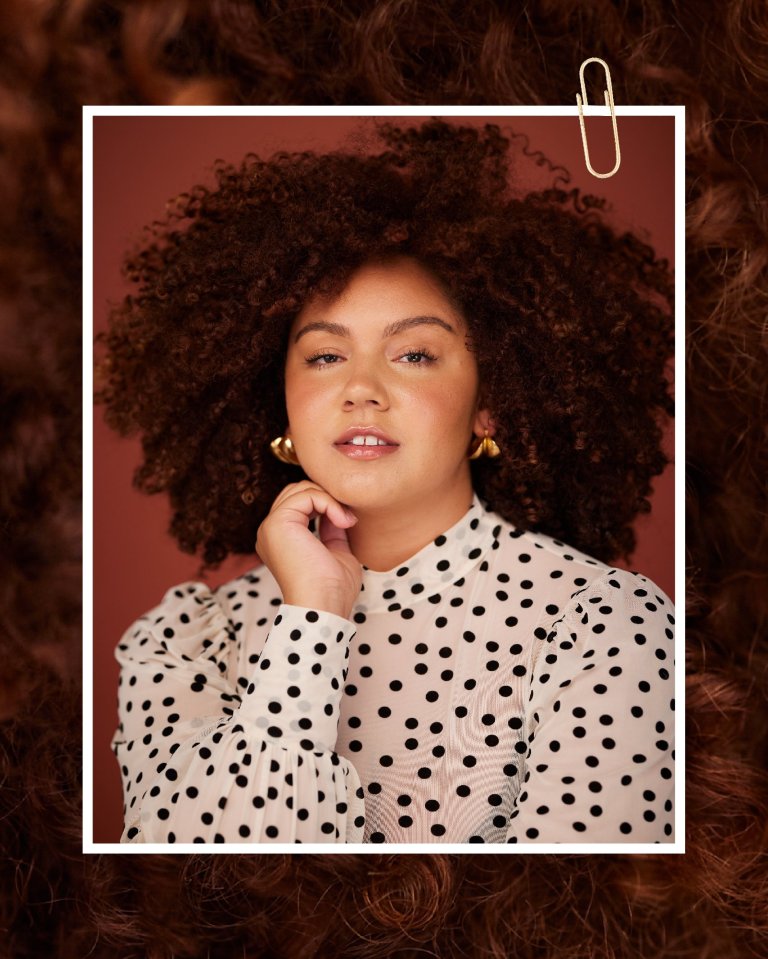Some of the most frequently asked questions regarding my hair tend to be around its colour.
“Who dyed your hair, what did you use and how do you take care of it?” are what I hear most, which prompted me to reveal all in this column, while sharing some advice to help you make the best decisions for you and your hair.
I have dyed my hair so many different colours over the past few years – mainly for the boost in dopamine levels, but also because each different hair colour is like channelling a new persona… she’s an actor, darling!
However, I’m aware that dyeing and bleaching curly hair can be very scary.
You hear so many horror stories of people losing their curl pattern, having irreversibly dry hair and experiencing crazy tangles. It is enough to put anyone off, but there are some ways to minimise these unfortunate potential damages.
Where to go and what to use to colour curly hair
There are two options really: at home or at the hairdressers.
Obviously, going to see a specialist is the safer option, not only for your hair’s health but to ensure you achieve the exact colour you’re looking for.
However, going to the hairdressers comes with a hefty price tag which I, for one, am not willing to pay during a cost of living crisis.
So, you have to make a decision. Do you choose to get the best treatment but be out of pocket, or do you accept a lower standard of treatment but save money by doing it yourself at home?
If you don’t feel confident in your hair dyeing abilities and are scared it could go wrong, I would recommend seeing a colour specialist.
If you do feel comfortable doing it yourself, go for it! Just make sure you follow the instructions of your colour treatment and never skip the patch test.
I have actually never had my hair dyed professionally; I’ve always used box dyes or colour depositing conditioners and touch wood; I have never had any problems.
Speaking of box dyes and conditioners, there are so many different types of colour treatments to know about, so let’s break them down to ease any confusion.
What type of hair colour treatments are available?
There are a few options when it comes to dyeing your hair from home. These are the main ones out there:
Bleach
Bleaching is a technique used to strip the hair of any colour and open the hair’s cuticle. It is usually used prior to hair dyeing but is also present in highlighting kits.
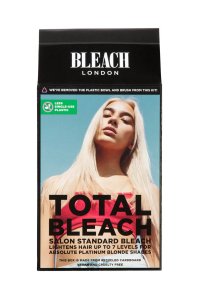
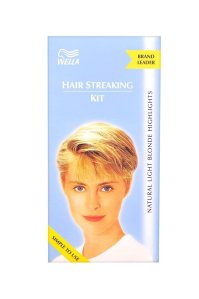
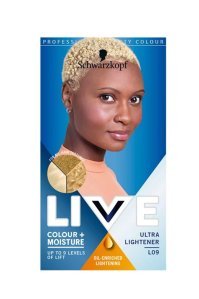
*Eliza may earn commission on sales from these product links
Permanent dye
Permanent hair dye is a long-lasting colour that changes the structure of your hair until the roots grow out. Permanent hair colour contains more chemicals, which makes the colour last longer. Root touch-ups only need to be done as and when they become visible.
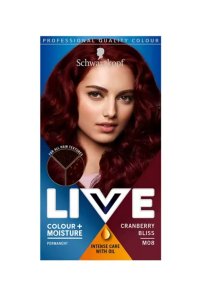
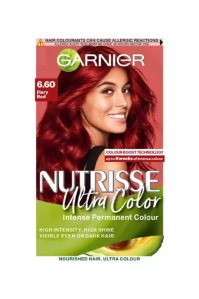

*Eliza may earn commission on sales from these product links
Semi-permanent dye
Semi-permanent hair colour and colour depositing conditioners are basically the same thing in that they both deposit colour onto the hair rather than changing its structure for the sake of the colour.
They contain less chemicals than permanent dyes and tend to add tones and tinges to the hair rather than a full splash of colour. The colour will gradually fade after around 2-5 weeks, but many can be reapplied frequently due to being safer to use.
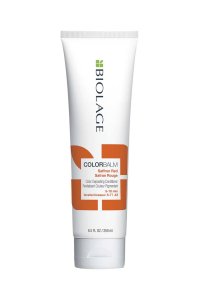


*Eliza may earn commission on sales from these product links
Colour waxes
Colour waxes are an easy temporary alternative to all of the above. You can apply them when you are styling your hair as a fun, weekly colour switch-up.
The next time you shower, you can rinse all the colour out with your shampoo… think Halloween vibes.
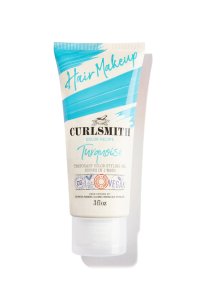
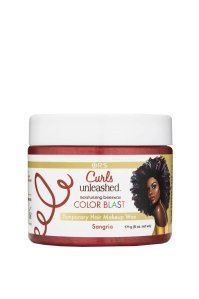
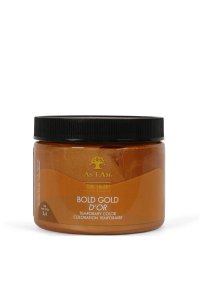
*Eliza may earn commission on sales from these product links
How to take care of colour treated curls
Continue doing everything you were doing before you colour treated your hair. If your hair feels drier (which is likely), implement an oil or a more moisturising mask into your routine.



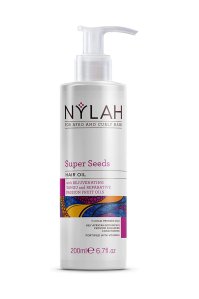
*Eliza may earn commission on sales from these product links
If your curl pattern seems looser or is not bouncing back as much as it used to (which is again, likely), double the frequency of your protein or bond treatments. This will help restore some of the structure lost from dye or bleach.
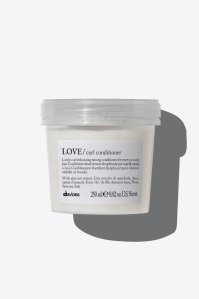


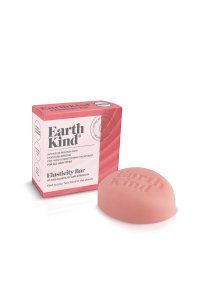
*Eliza may earn commission on sales from these product links
Using these products will not reverse any damage that the colour has caused, but it will make it much more manageable.
My final piece of advice is to be aware of the state your hair is in before you dye it. If you already struggle to keep your hair hydrated and moisturised, I would not recommend colour treating it with bleach or permanent dye.
Also, it’s important to note that some people’s hair is naturally better at coping with dye than others. My hair for example has gone through years of colour treatment and has coped well, but the next person’s hair might struggle after just one load of hair dye.
Everyone’s hair is different, and genetics will always play a big role in how well your hair takes to colour.
